- Home
- Energy Efficient Upgrades for Existing Houses
- Insulating an Old House
Insulating an Old House - The Right Way.
So What do I Mean When I Talk About Insulating an Old House?
I know this is probably pretty self explanatory but bear with me. The three main areas to consider when insulating in an old or an existing house are:
- The walls - either solid construction or cavity construction.
- The loft - either an open roof void or a room in roof construction.
- The ground floor - either suspended timber or solid floor construction.
There are potential pitfalls for each and some in my opinion, may not be worth the hassle depending on the house, construction type, exposure and whether or not you’r prepared to embark on a major renovation of the property.
For example a house with solid ground floors will not be easy to insulate as you’ll have to dig up the floors, breach any damp proof membrane that may (or may not) be present and then relay them forming a good seal between the new damp proof membrane in the floor and the damp proof course in the walls (which will be difficult and quite expensive).
Also room in roof construction, where you have a room in the loft area will make it much more difficult to access the areas where you need to install the insulation. So unless you’re about to renovate this area anyway then it might be better to wait until you are.
What do You Need to Know Before Insulating an Old House?
- The pros and cons of the insulation material you’re using.
- The correct way to install it.
- The additional materials you’ll need to ensure the insulation performs as it should, such as vapour barriers, vapour control layers, air tightness sheets and sealing tapes etc.
What Will Insulating an Old House Actually Achieve?
Provided it's carried our correctly:
- It will improve the energy efficiency of the property.
- Reduce your heating bills.
- It will allow your home to hold onto its heat longer.
- You’ll make it more comfortable to live in.
- Reduce your carbon footprint.
- You’ll improve its EPC score and, hopefully, increase its value.
- It’s usually pretty easy to do (keep reading to see why I say usually!)
- Reduce the chance of condensation forming on walls and ceilings and therefore reduce the chances of black mould forming.
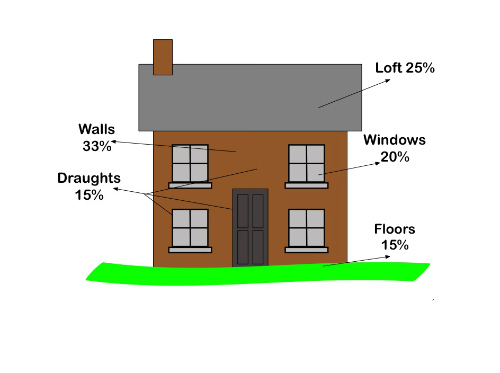
Is Insulating an Old House Easy?
Unfortunately there’s no straight forward answer to this question as it’ll depend on the construction type of your house;
Cavity walls - normally they’re easy to insulate by getting an insulation company in (it’s not a DIY job), but sometimes it can be better not to do it!
Solid walls - more difficult to insulate and can be quite expensive, but can certainly be done. There are two types of solid wall insulation; internal insulation (cheaper option) and external insulation (more expensive but better performing).
Open loft area - relatively easy to insulate and fairly cheap to do. But there are some things you’ll need to be aware of.
Room in roof construction - This is where you have a habitable room within the roof area and limited access to the underside of the roof. This type is much more difficult to insulate without spending a lot of money and major upheaval, unless you’re about to renovate the area anyway.
Solid ground floor - very difficult to insulate, but not impossible (it will be expensive and disruptive).
Suspended timber ground floor - relatively easy to do but if you do it wrong you could cause as many problems as you fix.
When Insulating an Old House, Is Insulation on it’s Own Enough?
Short answer is… No!
Traditionally if you wanted to insulate your underfloor or loft you just laid out some fibreglass wool (or equivalent) and that was it, job done! Old houses tend to be a lot more draughty than newer properties and even if you do the best job ever when insulating your old home in the traditional way and ensure there are no gaps, if there are draughts in the area (and there will be draughts, they are a Building Control requirement in lofts and subfloor areas especially when increasing insulation) then the insulation won’t do very much.
At this point it would be a good idea to understand the difference between controlled and uncontrolled ventilation. But I don’t want to get distracted at this stage, so if you’re not sure what they are follow the link and then come back to finish this page.
Issues With Uninsulated Old Houses:
The most common issues I come across in old houses belonging to clients is condensation and mould. These are often directly linked to uncontrolled ventilation (draughts) and insulation, or the lack of insulation, in the property (albeit there are other factors in play as well such as relative humidity, air pressure and sometimes damp walls (have a look at my article on Condensation for more information).
But suffice to say, if you can insulate and make the property as airtight as possible (in addition to providing controlled ventilation), you’ll increase the surface temperature of the main external walls, floors and ceilings you’ll reduce the risk of condensation occurring and therefore reduce the risk of black mould forming and make it more comfortable and cheaper to heat effectively.
Disadvantages of Insulating an Old House:
- Retrofit cavity wall insulation will increase the chances of penetrating damp bridging the cavity. But there are certain products that in my opinion are better than others when it comes to installing cavity insulation to an existing house.
- Installing insulation in the loft area will reduce the amount of storage space as stored items compress the insulation. Unless you use stilts etc. to raise a floored area above the level of the insulation so that it doesn't get compacted.
- Any insulation installed incorrectly or the wrong type of insulation being used can cause expensive problems which will then need to be rectified at additional and often considerable expense.
- Incorrectly fitted insulation can cause interstitial condensation to occur within the insulation which can cause rot in the worst instance and reduce the effectiveness of the insulation in the best instance.
Other Articles to Read Before You Start Insulating an Old House:
- Adding Underfloor Insulation to Older Properties - if installed incorrectly this can cause rot to floor timbers, but thankfully it's pretty straightforward to do correctly.
- How to Install Insulation in Your Open Attic - as above this can cause issues if done wrong so check out this article to see the right way to do it.
- Best insulation for houses - this article looks at the various insulation materials and how well they compare to each other.
- How insulation works - this one's pretty self explanatory.
- Vapour Control Layer - these restrict the amount of water vapour getting into the insulation.
- Blow in Insulation - explains the basics of retrofit cavity insulation and one type that I think should never be used in cavities.
- Cavity fill insulation advantages and disadvantages - some reasons why you might want to install cavity insulation and some reasons you might not want to.
- Sheep’s wool insulation - a natural hygroscopic insulation that is great for older properties.
- Blue jean insulation - as it sounds recycled jeans to insulate your home.
- Foam spray insulation - this is a spray form of the rigid sheets that we all see on building sites (the stuff with the foil backing). It's just mixed on site and sprayed on. But I'm not a huge fan, find out why here!
- External insulation - typically used on houses with solid external walls but can be added to cavity walls also.
- Internal insulation - again typically used on houses with solid external walls but fitted on the inside of the exterior walls.
In conclusion, provided you use the correct method and the best insulation products when insulating an old house there’s no reason why you can’t insulate and draught proof your existing property and at the same time reduce your heating costs and make your home much more comfortable.
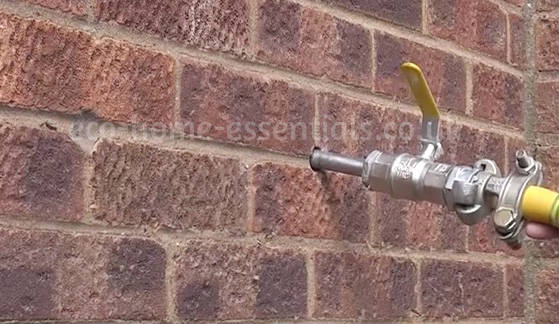
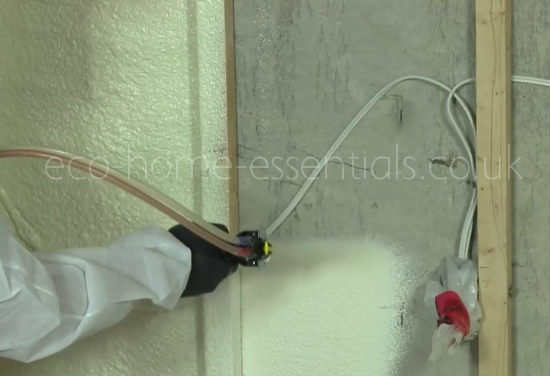
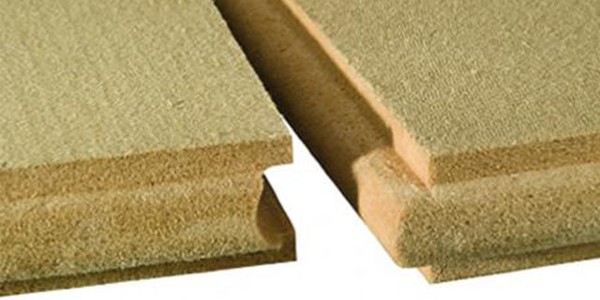
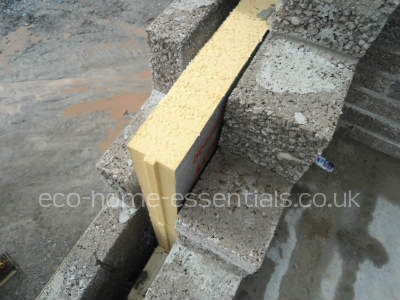
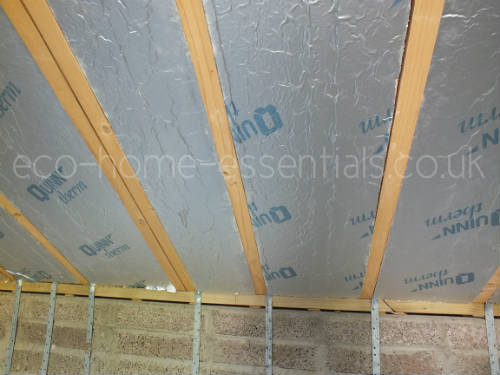
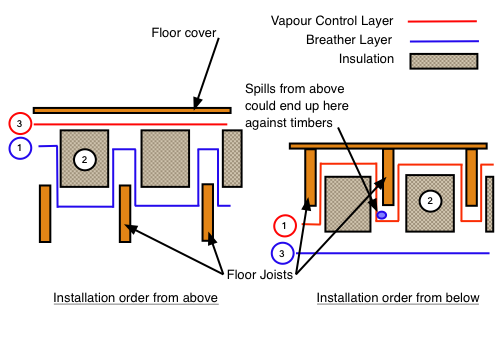
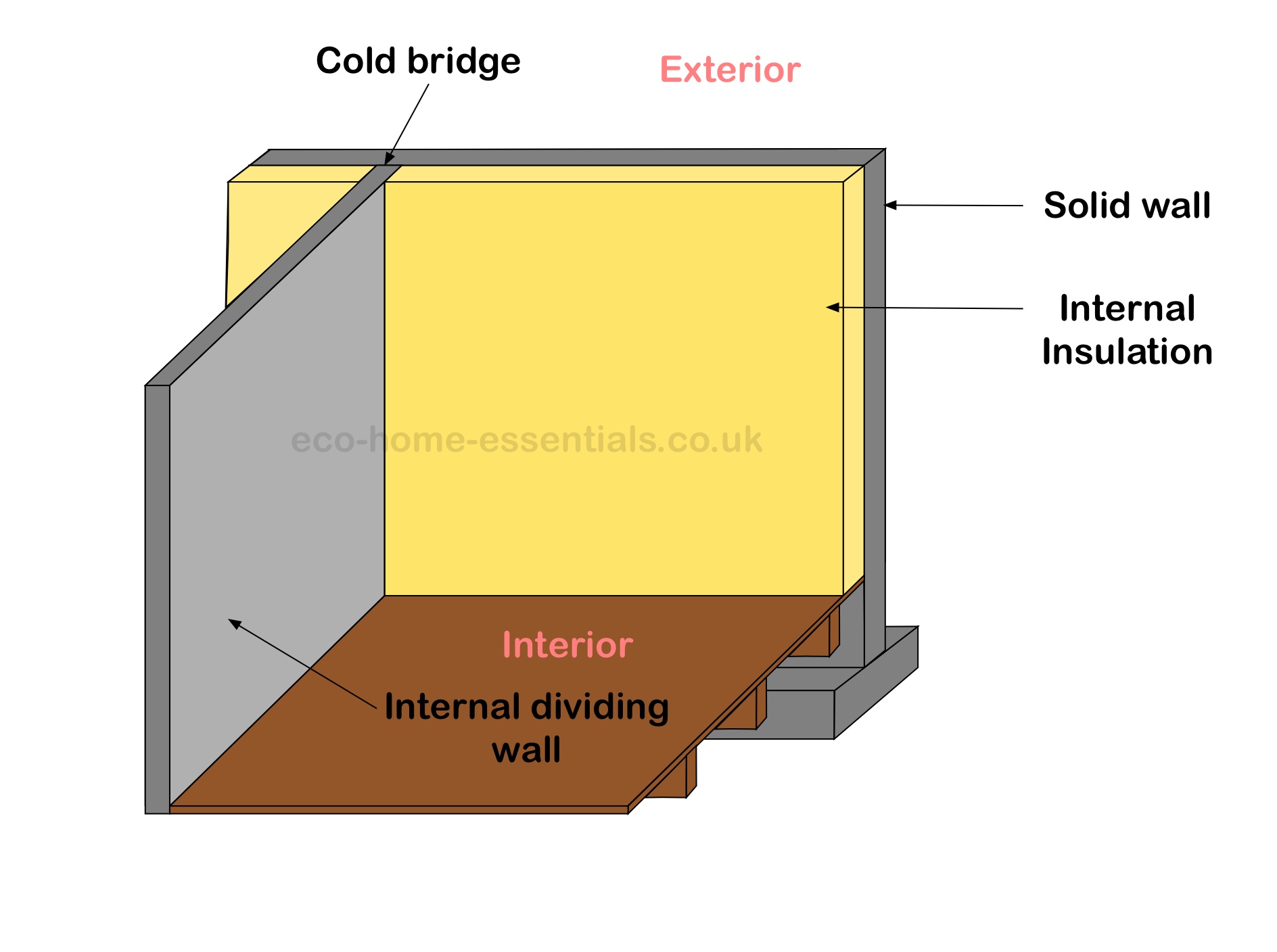
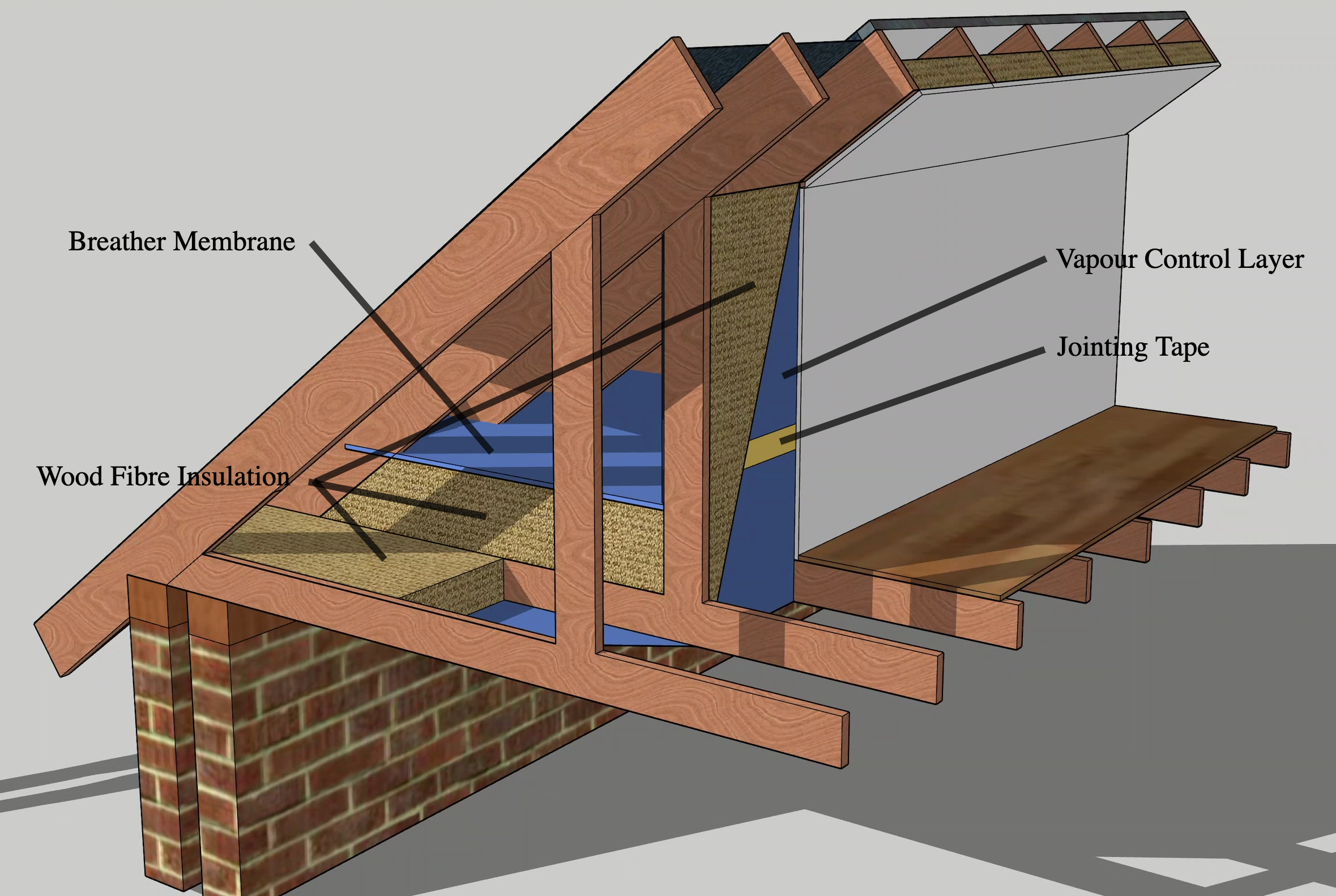

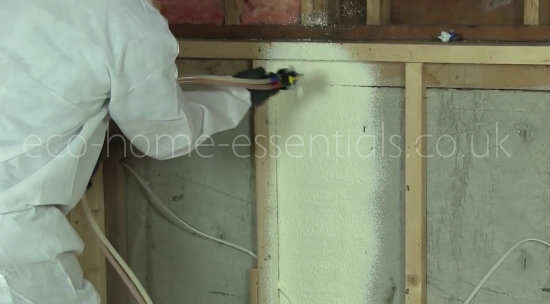
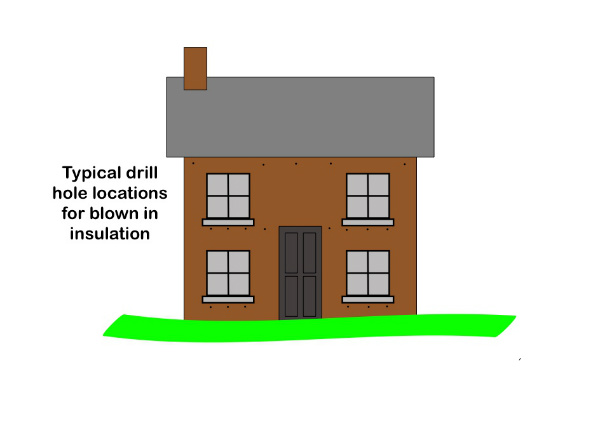
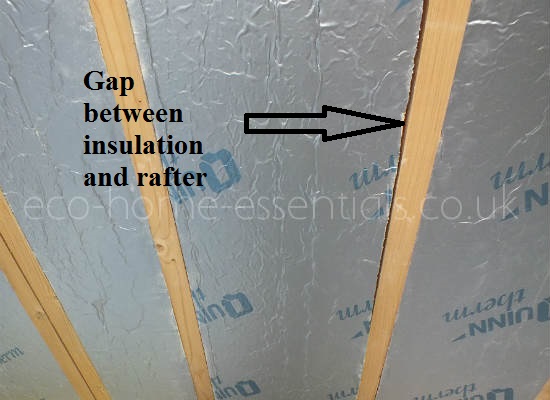
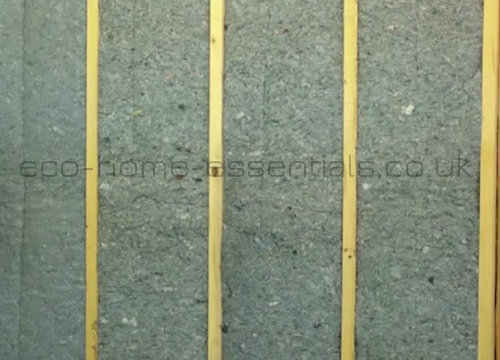
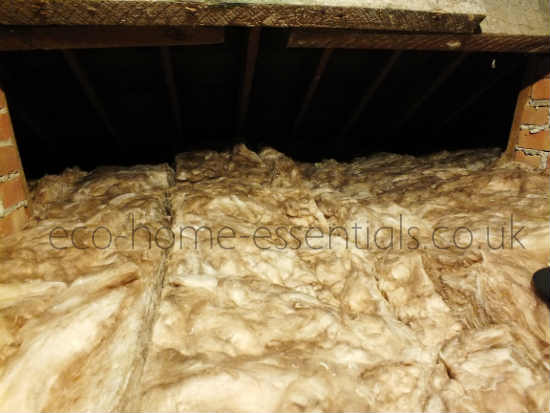
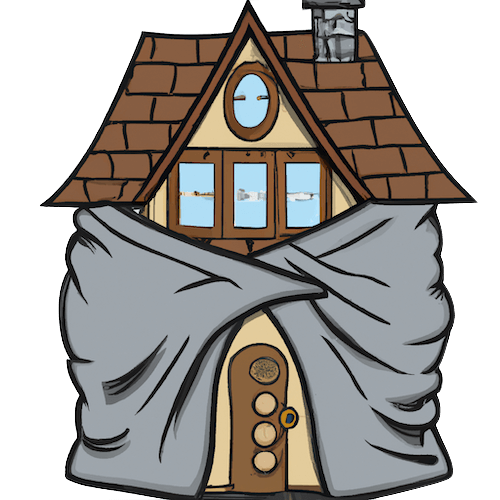
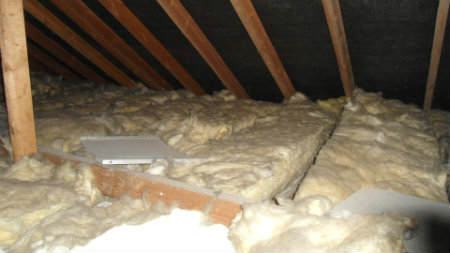
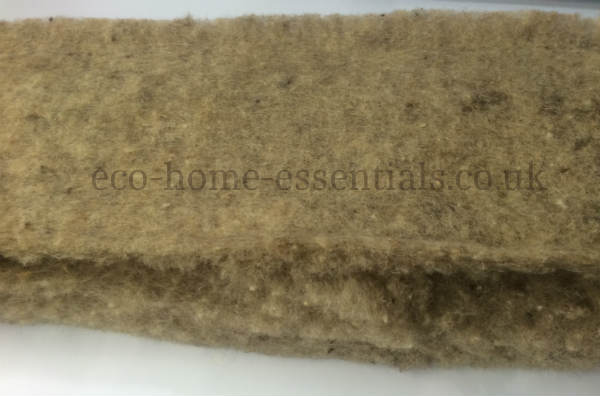
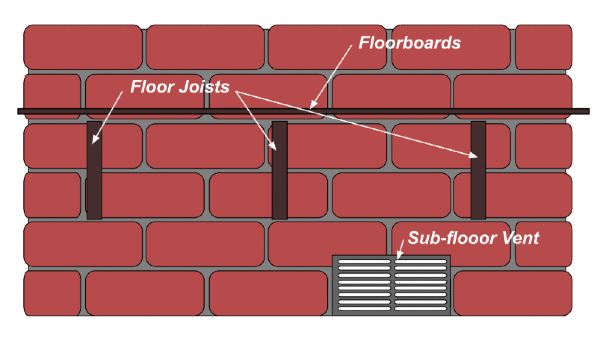
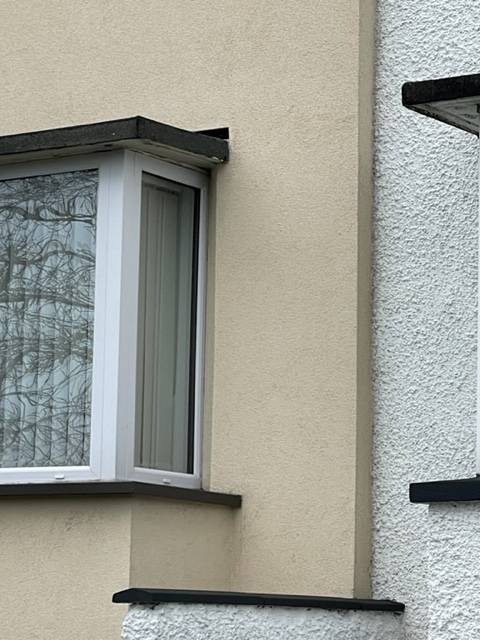







New! Comments
Have your say about what you just read! Leave me a comment in the box below.